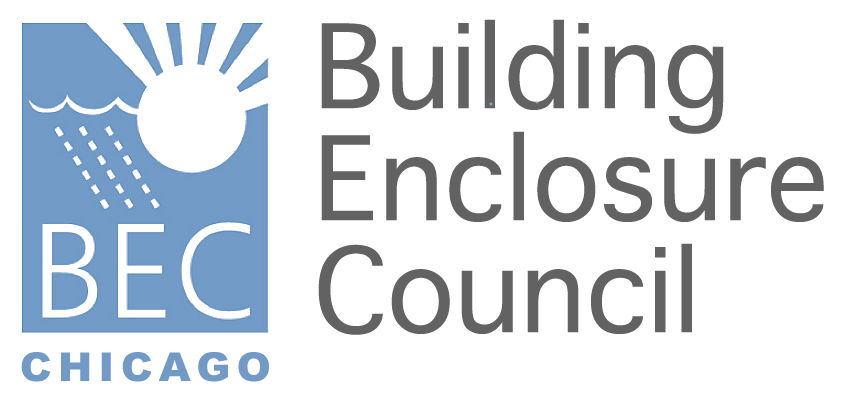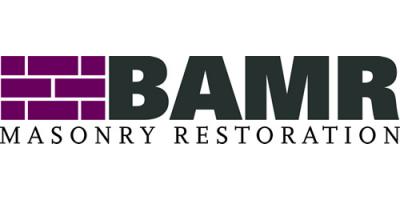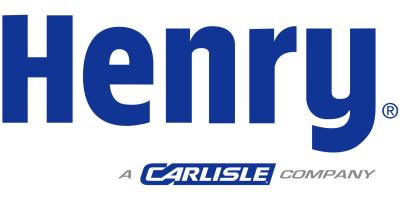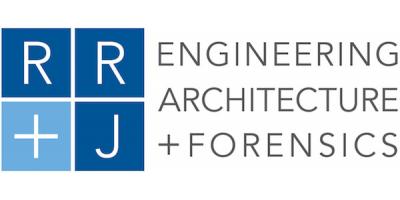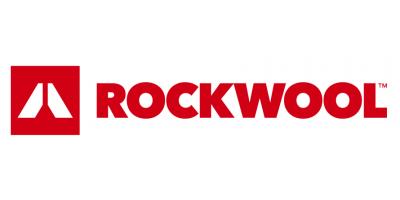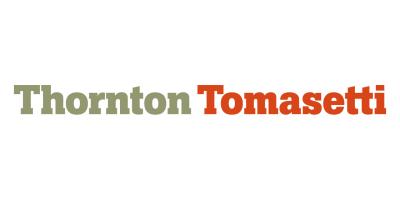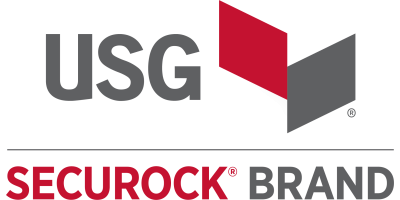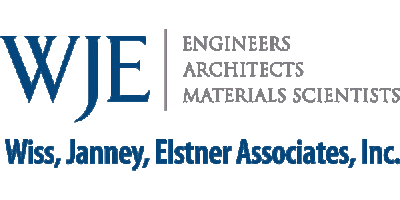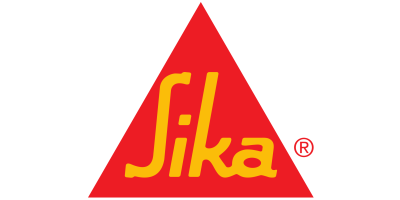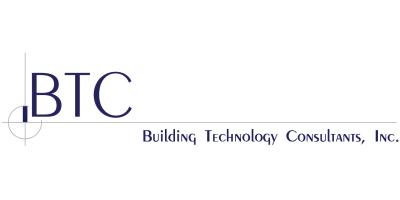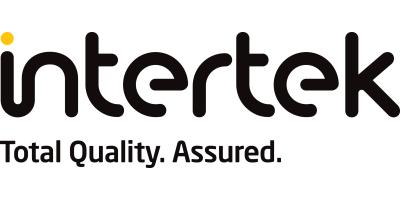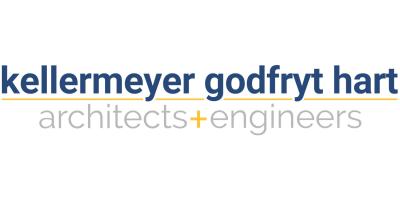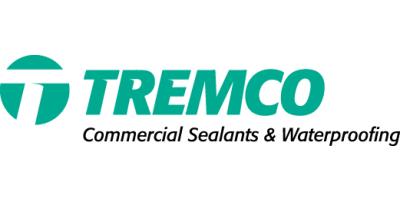| Location | Virtual Meeting via Zoom |
AIA CREDIT: Yes
DESCRIPTION:
Restoration of the Guardian Building began some 12 months prior to removing the first unit of masonry. An assessment was performed that documented the physical condition of the façade, identified areas of work, and documented their locations on elevations that were later bid to local restoration experts. Terra cotta units are individually unique, and require samples and/or molds for procurement of replacement units. Corrosion of the structural elements meant rebuilding vast areas of masonry and complex rigging to gain access these locations.
Early mid to high rise buildings used mass masonry over a structural frame with no active weather/air barrier nor through-wall flashings to manage water that infiltrated the façade. The problem with this approach is that the Guardian’s exterior walls were much thinner than traditional mass masonry walls that relied on their thickness and water diverting “water tables”. This case study follows the history, investigation, and restoration process. It analysis the areas of water infiltration which led to the corrosion of the carbon steel anchors, the structural frame, and eventually the widespread deterioration of the façade.
LEARNING OBJECTIVES:
- A brief history of the technology/innovations that resulted in mid & high rise buildings.
- Water management in mass masonry walls. The consequences of taller and thinner mass masonry walls.
- Sources of water in mass masonry walls (Condensation vs Bulk Water vs Plumbing)
- The science behind condensation in exterior walls.
- Restoration of a mass masonry high rise building. From assessment to material procurement to restoration.
PRESENTER BIO:
Jerome Misiolek has a background in restoration, both as a contractor and currently a principal with a national architectural/engineering firm, Mr. Misiolek has been involved in projects as diverse as underground structures to high-rise buildings. He is an active member of the Masonry Institute of Michigan, past Chair of the Michigan Masonry Advisory Board, ASTM, and the International Institute of Building Enclosure Consultants. Jerry is listed on the State Historic Preservation list of qualified consultants and has completed numerous state and nationally registered buildings, such as the Guardian Building.
Ryan Asava provides quality experience in the analysis of new and existing building enclosures. His project responsibilities include product research, energy code analysis, thermal calculations, and hygrothermal analysis. A wide range of calculation and simulation software, including two and three-dimensional thermal analysis software, provides him with a method to understand how building systems perform as they relate to the risk of condensation, dew point formation, and the effects of thermal bridging. Ryan has co-authored a number of papers concentrating on the thermal bridging effects of common building components.
Juan Arias-Hernandez is a recent graduate from the University of Detroit Mercy (UDM) with a Master's of Architecture degree. He is a licensed Level 1 Thermographer and helps conducts infrared thermal imaging surveys. IR surveys help identify construction deficiencies by evaluating irregular heat loss patterns throughout the building enclosure and roof system. Juan has been a part of various building condition assessments, such as the Marygrove Campus and the Guardian Building.
VIRTUAL MEETING REGISTRATION & LOGIN INFORMATION:
For BEC Chicago members, an invite with REGISTRATION LINK will be sent out approximately 7 to 10 days in advance of event. After registration, a confirmation email with LOG IN INFORMATION with be sent for the virtual meeting that will be hosted through ZOOM. For non-BEC Chicago members interested in attending, you may contact Jeff Diqui at jdiqui@imiweb.org to request an invite. The invitation will include a REGISTRATION LINK.
